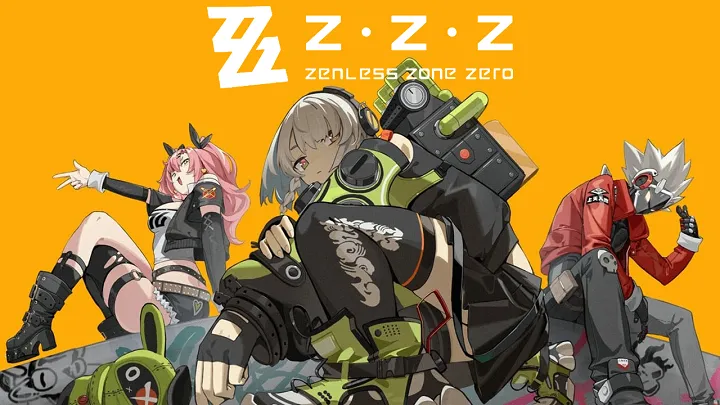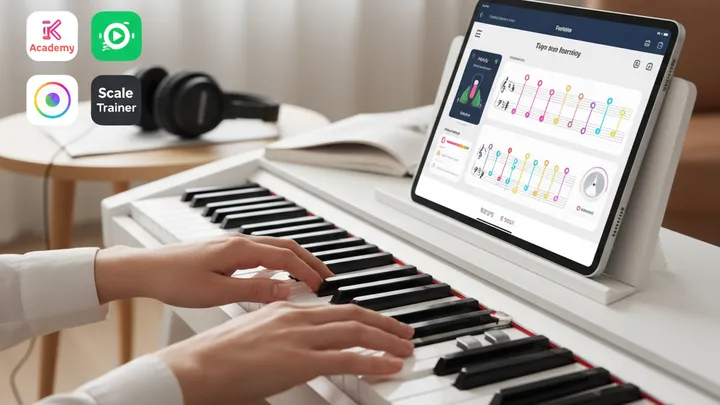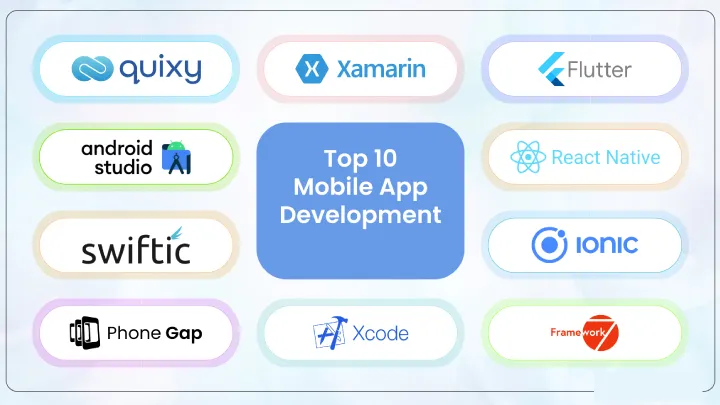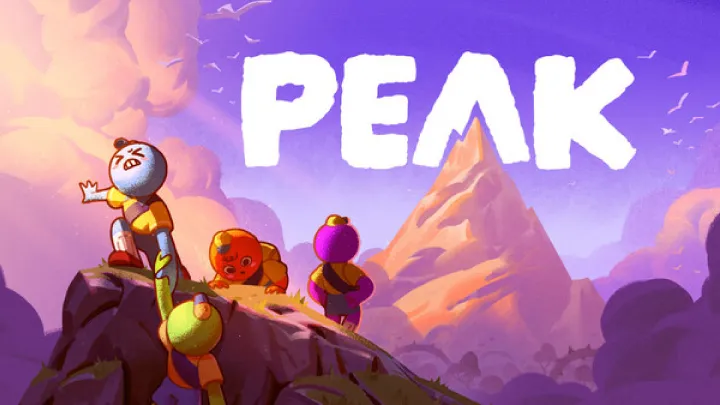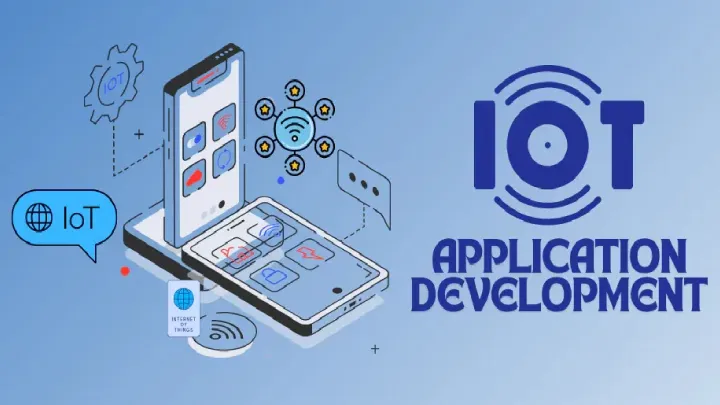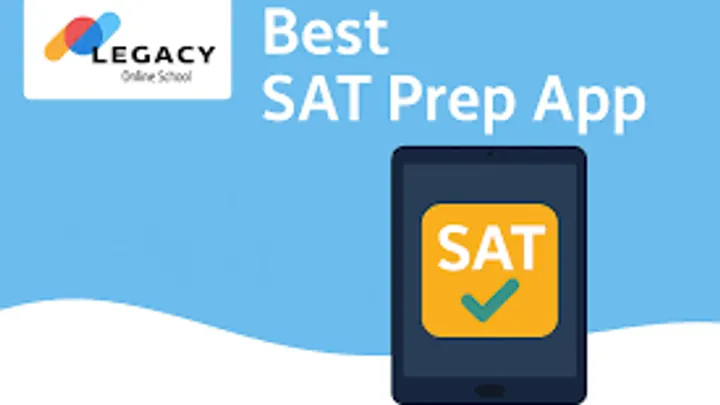Introduction
Mobile app accessibility coding ensures apps are usable by everyone, including those with disabilities, through techniques like VoiceOver support, dynamic type, and ARIA labels, a priority in 2025's inclusive design era where accessible apps reach 20% more users per WebAIM reports, complying with WCAG and boosting SEO at companies like Apple and Google. Mobile apps make this learning hands-on with simulators, audit checkers, and code examples, enabling contrast tests or focus management during development without a full emulator. This review curates the top 10 apps for accessibility education, selected from 2025 app store ratings, a11y dev forums, and insights from sources like Deque University and AbilityNet. Each app details features, strengths, and weaknesses (as tailored paragraphs), with an overall evaluation without scores. From novices adding alt text to pros enforcing keyboard navigation, these iOS- and Android-optimized platforms provide over 2000 words of inclusive guidance to access your development anywhere.
1. Accessibility Scanner
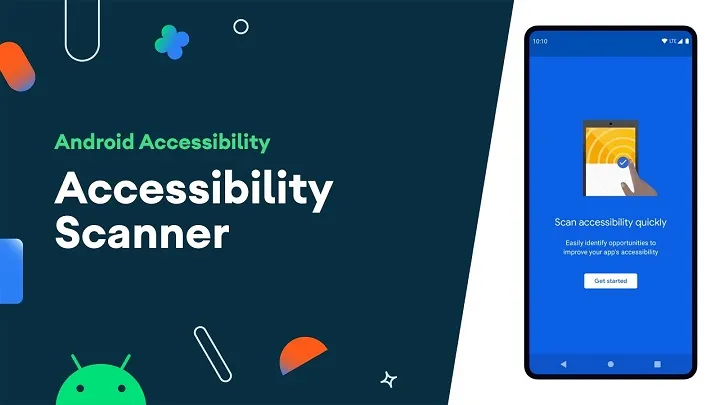
Overview: Google's Accessibility Scanner app audits Android apps for a11y issues like touch target sizes and color contrast, teaching fixes through reports.
Strengths: Automated scans highlight WCAG violations with remediation tips, free with offline reports and screenshots. Tutorials guide from contrast ratios to content descriptions, integrates with TalkBack for testing. Community shares audit templates, supports Material Design.
Weaknesses: Android-only, no iOS, scans surface-level without code-level insights. Requires permissions for full analysis, occasional false positives.
Overall Evaluation: Accessibility Scanner audits Android a11y quickly, ideal for beginners, though code depth favors supplements.
2. VoiceOver Practice
Overview: Apple's VoiceOver app simulates screen reader testing for iOS apps, teaching semantic labeling and gesture navigation.
Strengths: On-device simulation reads elements aloud, free with offline practice for dynamic type. Tutorials cover UIAccessibility protocols, integrates with Xcode previews. Community examples for SwiftUI.
Weaknesses: iOS-only, no Android, focused reading over visual audits. Setup needs developer mode.
Overall Evaluation: VoiceOver practices iOS semantics natively, suiting Apple devs, platform narrows.
3. Stark
Overview: Stark's app tests accessibility across iOS and web, with color simulators and contrast checkers for WCAG compliance.
Strengths: Filters simulate color blindness, free tier with offline checks for AA/AAA levels. Tutorials on semantic HTML, supports ARIA. Community benchmarks for apps.
Weaknesses: iOS-primary, Android via web. Focused color over navigation. Pro $9.99/month unlimited.
Overall Evaluation: Stark simulates visual a11y intuitively, great for designers, navigation light.
4. Axe DevTools Mobile
Overview: Deque's Axe app scans for WCAG issues in mobile web/apps, teaching ARIA roles and focus order.
Strengths: Automated audits with fix guides, free community edition with offline reports. Tutorials WCAG 2.2, supports React Native. Community rulesets.
Weaknesses: Web-focused light native, mobile scans net-dependent. Pro $49/month teams.
Overall Evaluation: Axe audits WCAG comprehensively, versatile auditors, native trails.
5. Accessibility Insights
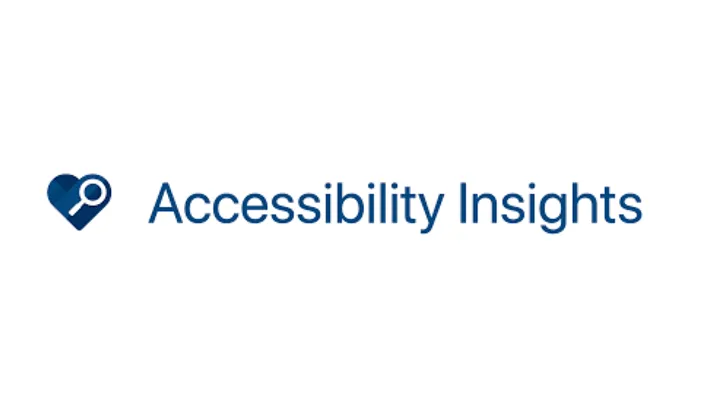
Overview: Microsoft's app practices a11y testing for Android/iOS with fast pass checklists and screen reader sims.
Strengths: WCAG-aligned checklists, free with offline modes for TalkBack/VoiceOver. Tutorials on live regions, integrates Azure DevOps.
Weaknesses: Checklist-heavy over automated, iOS/Android separate. No code gen.
Overall Evaluation: Accessibility Insights checklists a11y methodically, testers ideal, automation absent.
6. Be My Eyes
Overview: Be My Eyes' app teaches a11y through volunteer-assisted testing, with coding tips for screen reader friendly apps.
Strengths: Real-user feedback on usability, free with offline descriptions. Tutorials alt text, community volunteers for audits.
Weaknesses: User-dependent, no automated tools. Focused vision over motor.
Overall Evaluation: Be My Eyes crowdsources a11y feedback authentically, inclusive testers, tools light.
7. a11y Color Tools
Overview: a11y Color Tools app checks contrast and palettes for WCAG, teaching color-blind simulations.
Strengths: Generates accessible palettes, free with offline calculators. Tutorials hex to HSL, supports dark mode.
Weaknesses: Color-only, no structure. iOS/Android strong but basic.
Overall Evaluation: a11y Color Tools palettes visually, designers great, scope narrow.
8. WAVE Mobile
Overview: WAVE's app audits web/mobile for a11y errors with contrast and ARIA checkers.
Strengths: Quick scans with fix priorities, free with offline reports. Tutorials WCAG errors, supports PWA.
Weaknesses: Web-focused, mobile secondary. No sims.
Overall Evaluation: WAVE scans a11y errors swiftly, auditors ideal, sims absent.
9. AccessiBe
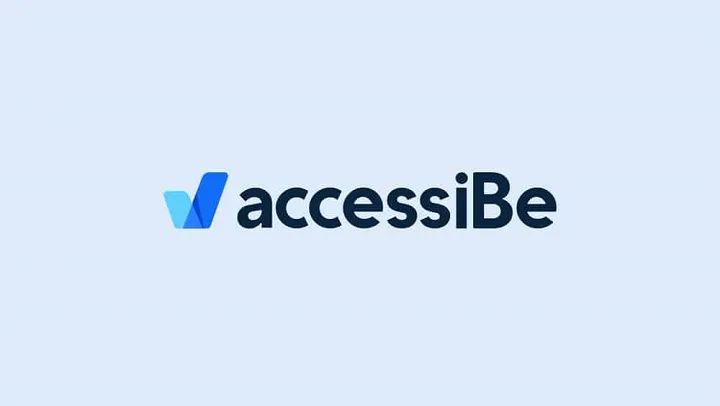
Overview: AccessiBe's app teaches automated a11y fixes for web/mobile, with widget simulations.
Strengths: AI overlays for compliance, free trial with tutorials. Offline previews, community case studies.
Weaknesses: Widget-reliant, not coding-focused. Pro $490/year.
Overall Evaluation: AccessiBe automates a11y overviews, quick fixes great, coding light.
10. Level Access AMP
Overview: Level Access's app audits for WCAG conformance with reporting for mobile apps.
Strengths: Detailed reports with remediation, free trial. Tutorials VPAT, supports enterprise.
Weaknesses: Costly pro, mobile viewer. Enterprise tilt.
Overall Evaluation: Level Access audits conformance rigorously, compliance pros, cost scopes.
Conclusion
Learning mobile app accessibility coding on mobile includes 2025's user base, from e-com at Amazon to health at Fitbit, and these ten apps label your ascent. Beginners Accessibility Scanner audits or VoiceOver sims, pros Axe WCAG or Stark colors. Standouts WAVE scans, Be My Eyes crowds—but platforms or focuses stacks. As inclusive AI rises, adapt. Label daily, contrast check, blend apps to accessibility empires that reach all.
